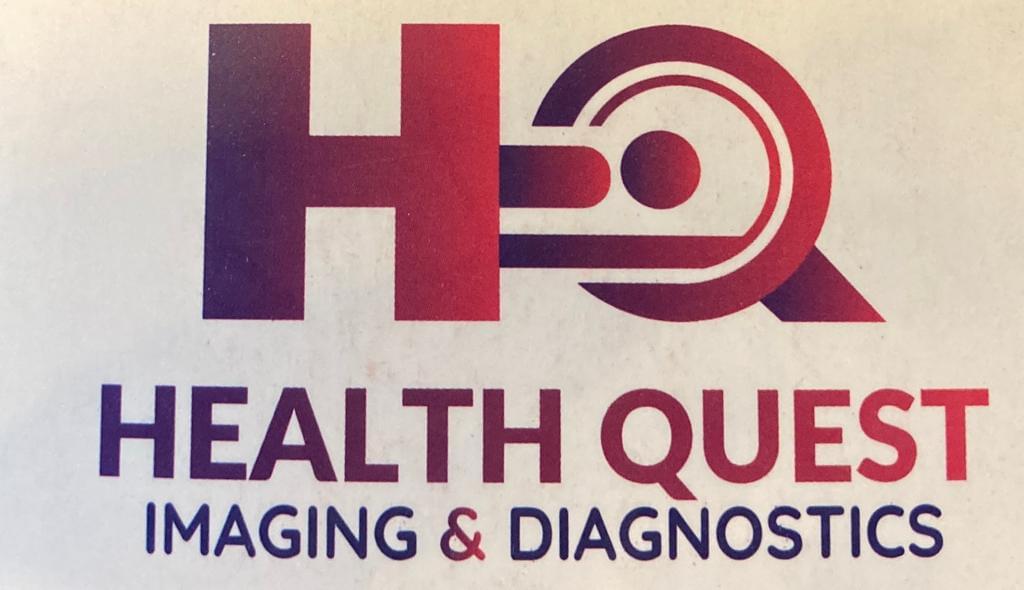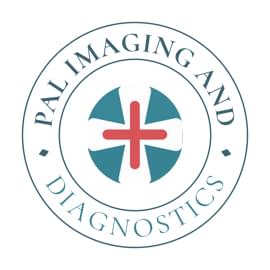

X - Ray Chest PA View
Understanding X - Ray Chest PA View
What is X - Ray Chest PA View?
The X - Ray Chest PA View is a common, painless, and noninvasive radiology test that creates images of lungs, airways, heart, arteries, veins, and the spine and chest bones. It assists doctors in identifying infections, lung conditions, or heart problems by taking an image from the posterior (back) to the anterior (front) of the chest region.
The X - Ray Chest PA View test utilizes electromagnetic waves and ionizing radiation to produce images of the interior of your body. During the test, your body is positioned between an X-ray machine and a plate that captures the image. In the Posteroanterior (PA) view, the X-rays pass from your back to your front, giving a clear picture of the chest organs.
This test is usually recommended to diagnose and monitor various respiratory and cardiovascular diseases. It is frequently used to investigate the cause of respiratory symptoms. These symptoms may include chronic cough, difficulty in breathing, or chest tightness. It diagnoses lung infections like pneumonia, tuberculosis, chronic lung disease (e.g., COPD) and lung cancer. It also checks for heart size or fluid accumulation in the heart. Doctors may also recommend this test after chest traumas or injuries to diagnose possible fractures and complications.
For this scan, wear loose and comfortable clothing and avoid metal objects like jewelry. Let your doctor or technician know if you have a pacemaker or are pregnant to ensure safety measures.
Interpretation of the test results requires professional expertise. Therefore, consult your doctor to understand the implications of the test findings.
Disclaimer: You must visit your nearest Tata 1mg partnered lab facility for radiology tests.
What is X - Ray Chest PA View used for?
The X - Ray Chest PA View test is done:
- To evaluate the cause of respiratory symptoms, including continuous cough, breathlessness, chest pain, etc.
- To determine chest injuries or trauma.
- To diagnose lung infections like pneumonia and tuberculosis.
- To evaluate chronic lung diseases like COPD and lung fibrosis.
- To detect lung masses or tumors and pleuritis (inflammation of the lining of the lung).
- To look for heart enlargement, fluid in the area between the chest wall and lungs (pleural effusion), ballooning of the aorta, or irregular chest shapes.
- To confirm diaphragmatic hernia, stiffening or calcification of heart valves or the aorta, position of implanted pacemaker and other internal devices.
- As a part of a complete physical exam or before you have surgery.
- To study the success of treatment or the progression of disease.
What does X - Ray Chest PA View measure?
The X - Ray Chest PA View measures several parameters of the chest's inner structures, such as the size, shape, and location of the heart, lungs, and surrounding structures. It can reveal abnormalities like fluid in the lungs, infection, tumors, or alteration of the diaphragm. This diagnostic scan assesses the overall health of the respiratory and cardiovascular system. It allows doctors to diagnose infections like pneumonia, tuberculosis, or chronic lung diseases, as well as heart enlargement or chest trauma
Frequently Asked Questions about X - Ray Chest PA View
Q. What is the X - Ray Chest PA View test?
Q. Is the X - Ray Chest PA View test painful?
Q. How should I prepare for the test?
Q. What will happen during the test?
Q. Can I resume normal activities after the test?
Q. Should I have a chest X-ray if I’m pregnant?
Q. What do my results mean?
Other tests
















.jpeg)
